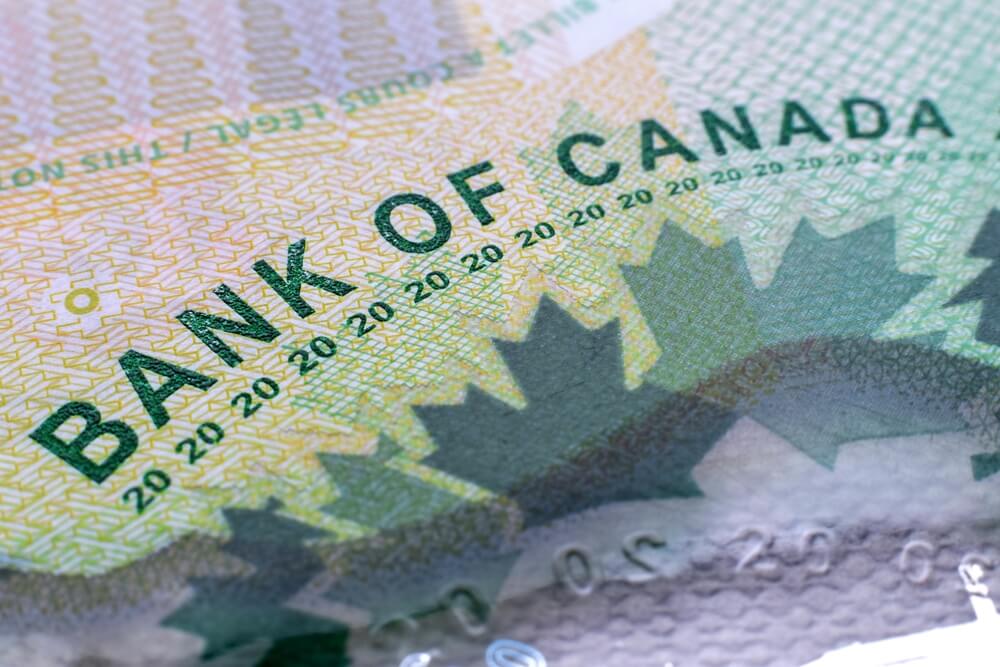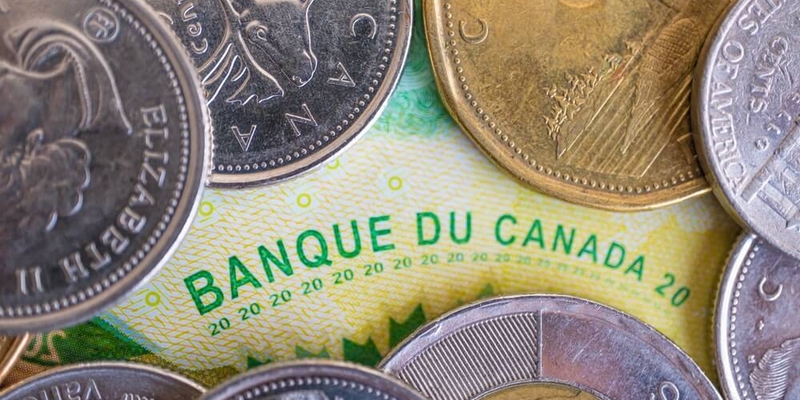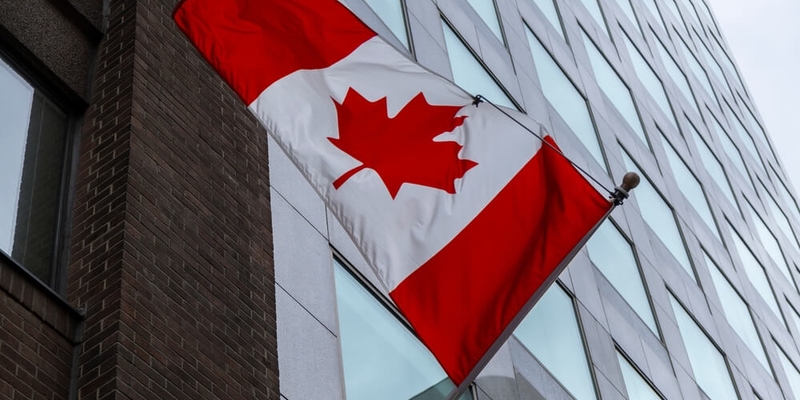All about Savings Accounts
Learn about savings accounts to find the best value.
Savings accounts 101
Savings accounts have become a growing necessity for Canadians looking to make better money decisions. According to a recent poll from RBC, three out of four Canadians find it difficult to maintain their regular expenses and save for the future. A savings account helps you grow your savings in a smart way. If you’re looking to save up for a dream vacation or big purchase, a savings account is the way to go!
Most savings accounts and high-interest savings accounts can offer you interest rates from 0.50% to 2.75%, much more than a standard chequing account would provide.
On RATESDOTCA, you can compare savings and high-interest savings accounts to find the best fit for your savings goals.

What are savings accounts used for?
A savings account allows you to securely deposit your money for short to long-term savings goals. Unlike a chequing account, a savings account always comes with an interest rate, encouraging you to keep the money saved up.
Savings accounts aren't intended for day-to-day transactions. They come with limitations such as transaction limits, no cheque books, or the risk of losing your promised interest due to early withdrawals.
Unlike stock investments, a savings account is never affected by market dips or fluctuations. It is a low-risk option for safeguarding your hard-earned money.
Every Canadian financial institution offers a savings account that meets the basic requirements, but if you are specifically looking for a great interest rate, choosing a high-interest savings account (HISA) is a smart decision.
What are high-interest savings accounts (HISAs)?
A high-interest savings account (HISA) is a specific type of savings account that yields high returns. It pays you more interest than the average savings account. A basic savings account can offer you as little as 0.50% interest. A low interest rate like this offers little to no protection from high rates of inflation. Historically the inflation rate in Canada is a little over 2%.
HISAs boast a significantly higher interest rate, enabling you to outpace inflation and earn a little extra money on top of the amount you have contributed.
For example, if you deposit $10,000 in a regular savings account that pays 0.25% of annual interest, you’ll earn merely $25. If you deposit that same $10,000 into a HISA paying 2.25% annual interest, you’ll make $225. This is nine times more than what you’ll make with the regular savings account.
But, not all HISAs are the same. Some may have a consistently high annual interest rate, while others may have limited periods of accelerated interest rates, known as promotional interest rates. Choosing the best HISA requires thorough comparisons.
How to choose a savings account
We’ve compiled a bunch of tips to help you choose the best savings account for your financial needs.
- Set a savings goal – What future purchase or milestone are you saving up for? Is it a long-term goal, or a short to mid-term goal? Asking yourself these questions will help you decide how long you’ll need to save up the money.
- Compare rates – At RATESDOTCA, you can browse the best savings accounts and filter them according to your preferences. Pay close attention to promotional interest rates while comparing savings accounts and HISAs. If you’re planning to save up for a short-term goal, it’s best to take advantage of high promotional rates.
- Be aware of taxes – Any interest you earn through a savings account or HISA is subject to taxes. If you’re looking to avoid paying taxes on your interest, consider a Tax-Free Savings Account (TFSA) instead.
- Be open to other investments- Why stick to just one savings account or HISA? Utilize your money to take advantage of different interest rates and promotions to maximize your overall savings.

What are the differences between a HISA and a TFSA?
It's easy to confuse a TFSA and a traditional savings account or HISA. But, they are quite different. A TFSA can be thought of more like a holding account into which you can place various types of investments. You can even put your HISA into a TFSA. A TFSA gives you more options when it comes to long term savings.
Most importantly, any interest earned in savings account including HISAs are subject to tax. All investments put inside a TFSA are not. However, there is a dollar limit to how much you can contribute into your TFSA and because these TFSAs are best used as long term investment vehicles it is probably not the best choice to put your HISA into one. Learn more about TFSAs here .
A HISA is better for short-term savings goals, rainy day funds or for holding money until you decide you have an investment opportunity you would like to use it on. Its more common to keep the HISA outside a TFSA.
Interested in upgrading your savings account? Compare the best savings accounts in Canada.
Frequently asked questions about savings accounts
Do savings accounts allow unlimited transactions?
Due to the fact that savings accounts are not meant for regular transactions, they may limit the number of times you can make a withdrawal. This limit may also apply to e-transfers and bill payments. If you exceed the threshold for free transactions, you will be charged an additional fee, usually around $5 per extra transaction.
Are there deposit or balance requirements for savings accounts?
Savings accounts don’t usually require you to have a minimum opening deposit. However, many require you to have a minimum balance before interest payout. Most financial institutions have a minimum balance requirement of $1,000 or more, depending on the interest tier structure. For HISAs, the minimum balance requirement is usually $5,000 or more.
Can you access your money easily and without restriction?
Savings accounts don’t offer the same liquidity as chequing accounts, but that doesn’t mean you should have a hard time accessing your savings balance. Before picking a new savings account, ask your financial institution about cash withdrawals. Some savings accounts allow you to withdraw cash from ATMs, without having to transfer the amount into chequing first. But remember, usually ATM withdrawals from a savings account can come with an average fee of $5 per withdrawal.
Is it necessary to sign up for more products when choosing a HISA?
It is important to check if you can sign up for a HISA without having to get a chequing account. Some financial institutions appeal to new customers by offering an attractive HISA that comes with the unwanted baggage of a chequing account. You can always look for a HISA that comes without any additional account sign-up, but many do require you to have a chequing account first.
What are the advantages of a high-interest savings account over a GIC?
The greatest advantage of picking a HISA over a Guaranteed Investment Certificate (GIC) is the ability to easily access your money.
GICs can hold your money for a fixed period of time, generally the terms are anywhere from 6 months to 5 years. If you are planning to access this money before the term end, you’ll have to pay a penalty and lose any accumulated interest.
When it comes to HISAs, you have more flexibility such as making withdrawals and transfers from your account when you suddenly need your money. Depending on your savings goals, one may be a better choice for you than the other. If you don’t want the temptation to withdrawal your money, a GIC might be a better option. If you require some flexibility, a HISA might be more appropriate for you.









